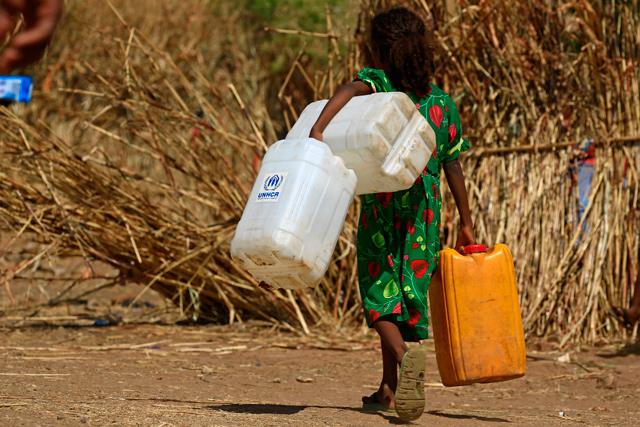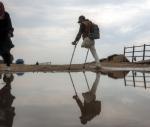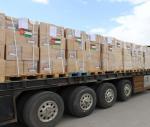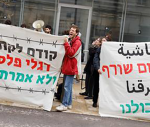You are here
Sudan to shelter Ethiopian refugees in 1980s camp for famine victims
By AFP - Nov 12,2020 - Last updated at Nov 12,2020
HAMDAIT, Sudan — Sudan said on Thursday it would shelter thousands of Ethiopians fleeing fighting streaming across the border on foot, by bike and by boat, re-opening a 1980s camp for victims of a historic famine.
The numbers of refugees continues to rise.
More than 16,000 Ethiopians had crossed into Sudan by Thursday to escape the week-old conflict in the northern region of Tigray, officials said, as the UN refugee agency warned arrivals would likely “rise sharply”.
Alsir Khaled, head of Sudan’s refugee agency in Kassala, said the total “is expected to reach 20,000 on Friday”.
Exhausted Ethiopian refugees, mostly women, youths and children, arrived on foot or by bicycle and motorised rickshaw, said a correspondent for AFP in the Hamdait border area of Sudan’s eastern Kassala state.
Many sought shelter from the blazing sun in the shade of houses and cars, while hundreds more were waiting to cross a river in the border zone between the two countries.
“The figure continues to grow,” Khaled said.
“We are transporting new arrivals from the border to the reception camps, but our resources are limited in the face of such an influx, and we hope international aid agencies will respond to the challenge.”
To cope, Sudan has reopened the Um Raquba refugee camp that hosted thousands of Ethiopians from 1983-84 amid the country’s worst famine of the century, Gadaref state governor Ali Mohammad told the state-run Suna news agency.
“To accommodate the wave of refugees coming from Ethiopia, we have reopened the Um Raquba camp, built in the 1980s and closed in 2000,” he said.
“We have set up an administration in the camp to be able to receive them.”
The Sudanese Commission for Refugees was set to deploy vehicles and small aircraft to take the refugees to the camp, located some 75 kilometres from the border, commission spokesman Mohammad Rafic told Suna.
Ethiopia’s 1983-84 famine, which claimed more than one million lives, was caused by a severe drought exacerbated by a war waged by Ethiopia’s then dictator Mengistu Haile Mariam against Tigray guerrillas.
Among the refugees back then were Jewish Falashas, more than 8,000 of whom were later taken via Khartoum to Israel.
Hundreds have died since Ethiopian Prime Minister Abiy Ahmed, last year’s Nobel Peace Prize winner, sent troops and warplanes into Tigray last week after a months-long feud with the Tigray People’s Liberation Front.
The UN’s humanitarian affairs office warned on Wednesday that lack of access meant “food, health and other emergency supplies have no way to make it into the region” and voiced “increasing concern for the protection of civilians against hostilities”.
Related Articles
UM RAQUBA, Sudan — In a sun-baked and dusty wasteland in remote eastern Sudan, crews are labouring to rebuild a refugee camp for the 25,000
KHARTOUM — Some 5,000 Ethiopian refugees are expected to cross into Sudan in the coming days, a Sudanese official told AFP on Wednesday, the
UM RAQUBA REFUGEE CAMP, Sudan — The Um Raquba refugee camp in eastern Sudan once housed Ethiopians fleeing famine, but now life has flooded

















